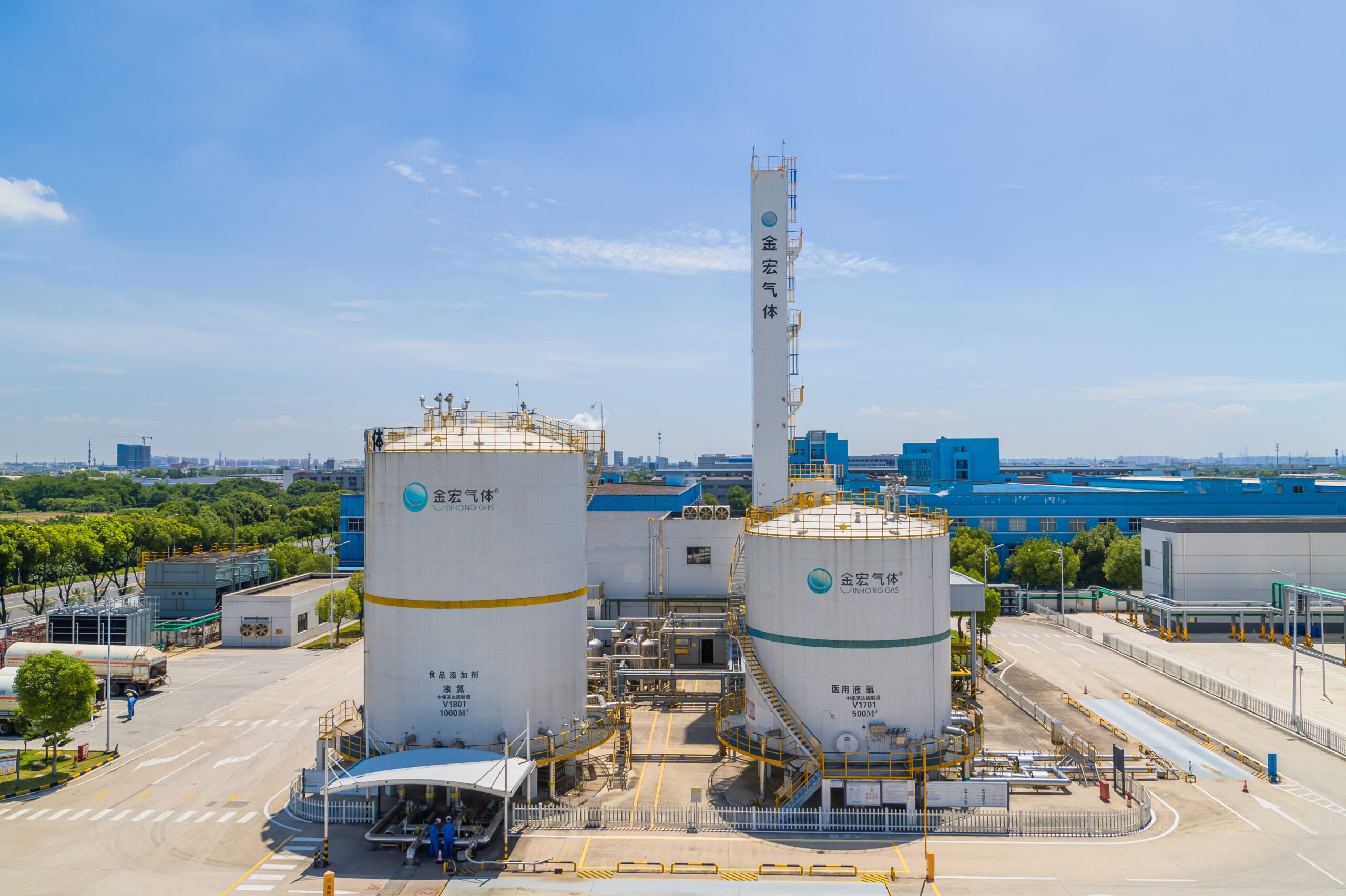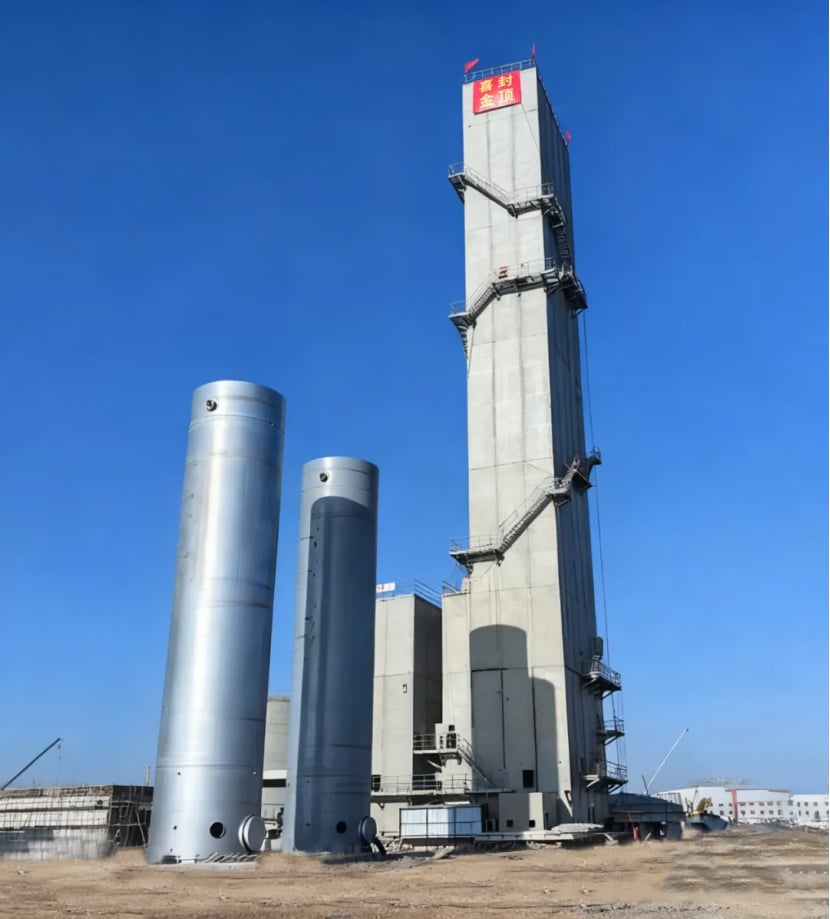Ammonia refrigeration utilizes the physical properties and thermodynamics of ammonia. The following details the principles of ammonia refrigeration.
Physical Properties of Ammonia
- Ammonia is easily liquefied: Ammonia’s boiling point at normal pressure is -33.4°C. As the pressure increases, its boiling point decreases.
- Ammonia Diffusion Speed: Ammonia molecules are small, so they diffuse quickly and achieve uniform distribution in a short period of time.
- Ammonia’s Strong Affinity for Water: Ammonia is hygroscopic and reacts chemically with water molecules to form ammonia water.
The Ammonia Refrigeration Process
- Evaporation: When liquid ammonia is exposed to a low-pressure area, the ambient temperature exerts a greater kinetic energy on the ammonia molecules, causing them to gradually evaporate into a gaseous state. This process absorbs heat from the surrounding environment, thereby lowering the ambient temperature. This is because the vaporization process is a heat-absorbing process.
- Endothermic Process: During evaporation, ammonia absorbs heat to transform from liquid to gaseous state. According to the principles of thermodynamics, when a substance absorbs heat from a low-temperature area, it causes the external temperature to drop. Therefore, utilizing ammonia’s phase change process can achieve the desired temperature reduction.
- Compression Process: After evaporation and heat absorption, the gas enters the compressor. In the compressor, the gas is compressed to high pressure. Because the compression process generates heat, the temperature of the ammonia increases.
- Condensation Process: The compressed gas enters the condenser. In the condenser, the ammonia is cooled, the pressure drops, and liquid ammonia is formed. During the condensation process, the ammonia releases the heat it previously absorbed, causing the condenser to heat up and the external temperature to rise.
- Expansion Valve Process: Through the expansion valve, ammonia flows rapidly from the high-pressure area to the low-pressure area, causing it to expand. Because the expansion process releases heat, the temperature of the ammonia decreases.
- Backflow Process: After the expansion process, the ammonia enters the evaporator again, beginning a new cycle.



